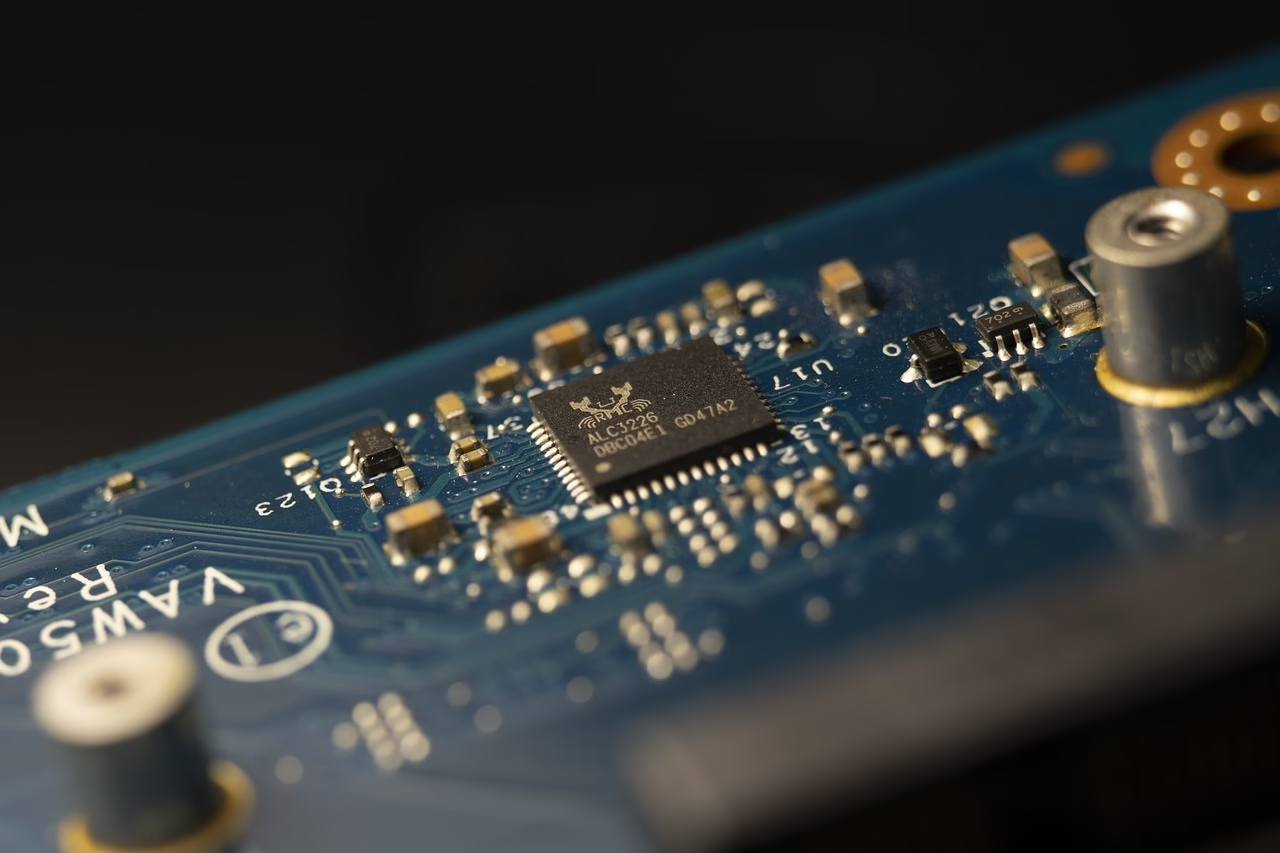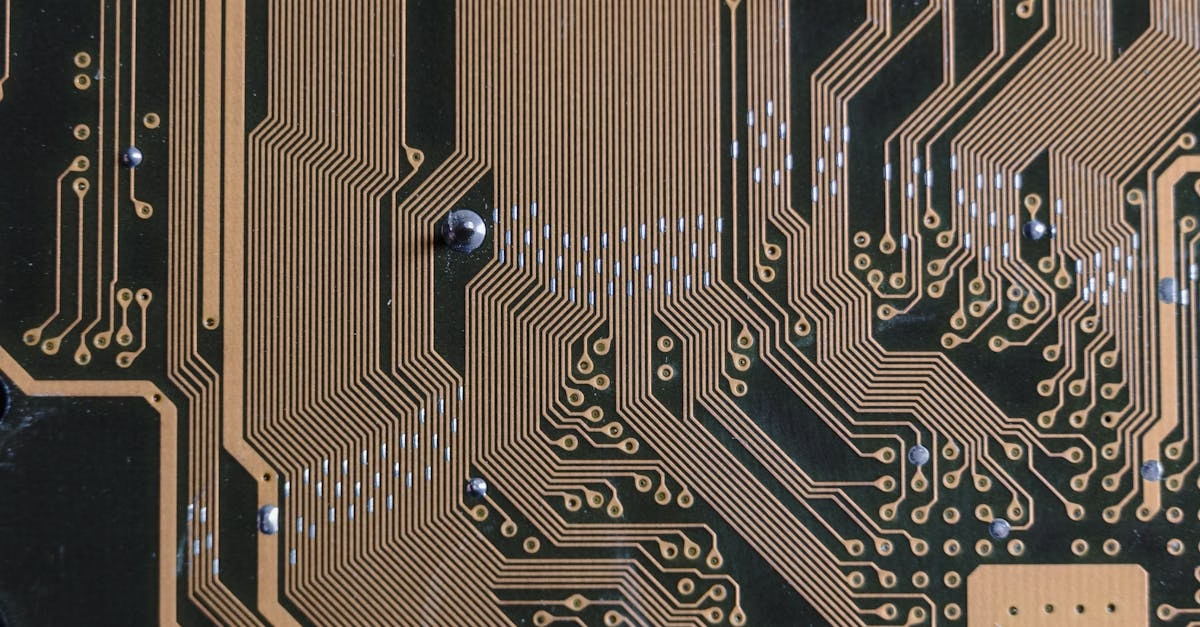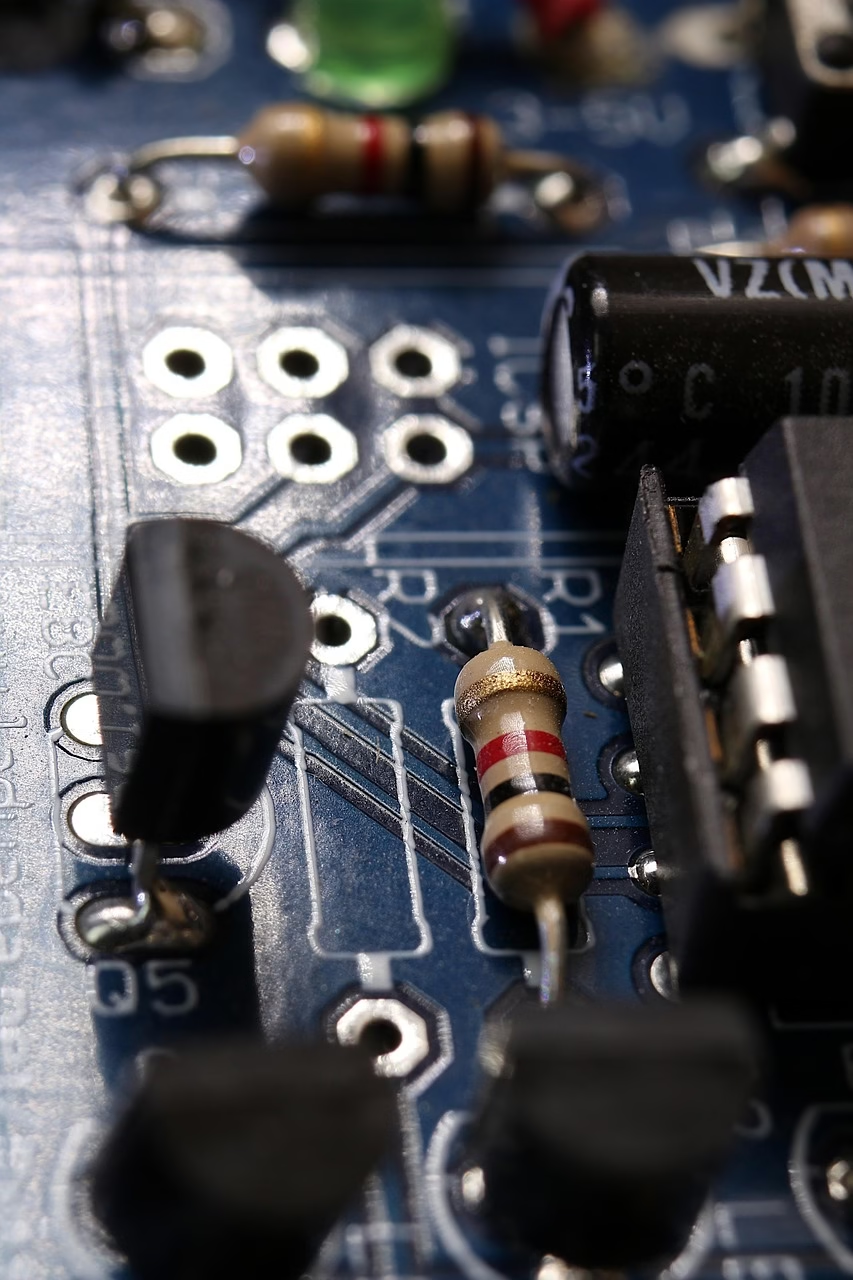The integrated circuits (IC) industry, is a complex ecosystem where innovation and obsolescence dance a perpetual tango. While Moore’s Law, though slowing, continues to drive advancements in chip performance and density, the lifespan of individual ICs and their manufacturing processes is a critical consideration, especially for applications demanding long-term availability. This article delves into the intricacies of IC longevity, exploring the various market and manufacturing standards, and providing guidance on when and why to choose ICs with a 10-year manufacturing lifespan over those with shorter lifecycles.
The Ever-Changing Landscape of ICs: A Balancing Act
The Integrated Circuits industry is characterized by rapid technological progress. New processes, materials, and designs emerge constantly, leading to more powerful, efficient, and cost-effective chips. This relentless innovation, however, comes at a price: shorter product lifecycles. Driven by consumer demand for the latest gadgets and the competitive pressures of the market, many ICs are designed for high-volume, short-term applications, often becoming obsolete within a few years.
This rapid obsolescence presents a significant challenge for industries that rely on long-lasting, dependable electronic components. Sectors like aerospace, defense, automotive, industrial automation, and medical equipment often require components with lifespans measured in decades, not years. For these applications, the availability of ICs with extended manufacturing longevity is paramount.
Understanding IC Longevity: Market vs. Manufacturing Standards
When discussing IC longevity, it’s crucial to distinguish between market lifespan and manufacturing lifespan.
- Market Lifespan: This refers to the period during which an IC is actively marketed and sold by the manufacturer. It’s primarily driven by market demand and technological relevance. ICs designed for consumer electronics typically have shorter market lifespans, often lasting only a couple of years. As newer, more advanced chips become available, older ones are phased out and replaced.
- Manufacturing Lifespan: This represents the duration for which the manufacturer guarantees to continue producing the Integrated Circuits, even if it’s no longer actively marketed. This is the critical metric for applications requiring long-term availability. A longer manufacturing lifespan ensures that the necessary components will remain available for maintenance, repair, and continued production of end products.
Navigating the Standards: A Spectrum of Longevity
The IC industry offers a range of longevity standards, catering to different market needs. These standards are often informal and vary between manufacturers, but some common categories exist:
- Short Lifespan (1-2 years): This is typical for ICs targeting consumer electronics and other high-volume, short-lifecycle applications. These chips are optimized for cost-effectiveness and performance in the near term, with little consideration for long-term availability.
- Medium Lifespan (5-7 years): ICs in this category are often used in industrial and automotive applications where moderate longevity is required. While not designed for extreme longevity, they offer a longer period of availability than short-lifespan chips.
- Long Lifespan (10+ years): These Integrated Circuits are specifically designed for applications demanding extended availability. They are often used in aerospace, defense, medical, and critical infrastructure systems where component obsolescence can have significant consequences. Manufacturers offering these chips typically commit to a minimum production lifespan, often 10 years or more.
The Drivers Behind Long Lifespan Requirements
Several factors contribute to the need for long-lifespan Integrated Circuits:
- High Development Costs: Developing complex systems, such as aircraft or medical devices, involves significant upfront investment. Extending the product’s lifespan amortizes these costs over a longer period.
- Stringent Regulatory Requirements: Industries like aerospace and medical are subject to strict regulations regarding product safety and reliability. Changing components can require extensive re-certification, adding time and cost.
- Long Product Lifecycles: Products like industrial equipment and military systems often have operational lifespans measured in decades. Ensuring the availability of replacement parts is crucial for maintaining these systems.
- High Replacement Costs: Replacing components in complex systems can be expensive and time-consuming, especially if it requires specialized skills or equipment. Long-lifespan ICs minimize the need for frequent replacements.
- Safety and Reliability: In critical applications, component failures can have serious consequences. Long-lifespan ICs are often subjected to more rigorous testing and qualification procedures to ensure high reliability.
When to Choose 10-Year Lifespan ICs (and When Not To)
The decision to use 10-year lifespan Integrated Circuits is a trade-off. While they offer the advantage of long-term availability, they often come at a premium price and may not always be the most technologically advanced option. Here’s a guide to help you decide:
Choose 10-Year Lifespan ICs When:
- Your product has a long expected lifespan (10+ years). This is the most obvious reason. If your product is designed to operate for a decade or more, using long-lifespan components is essential.
- The cost of redesigning your product due to component obsolescence is high. If the cost of redesigning your product to accommodate new components outweighs the higher cost of long-lifespan ICs, then the latter is the better choice.
- Your product is subject to strict regulatory requirements. If changing components requires extensive re-certification, using long-lifespan ICs can save significant time and money.
- Your product is used in a critical application where component failures can have serious consequences. In such cases, the higher reliability of long-lifespan ICs is a crucial factor.
- Long-term availability of spare parts is essential for maintenance and repair. If your product requires ongoing maintenance and repair, using long-lifespan ICs ensures that the necessary components will be available.
Don’t Choose 10-Year Lifespan ICs When:
- Your product has a short expected lifespan (less than 5 years). If your product is likely to become obsolete within a few years, there’s no need to pay the premium for long-lifespan Integrated Circuits.
- The cost of redesigning your product is low. If it’s relatively easy and inexpensive to redesign your product to accommodate new components, you may be better off using shorter-lifespan ICs.
- Your product is not subject to strict regulatory requirements. If changing components doesn’t require extensive re-certification, you have more flexibility in choosing components.
- Your product is not used in a critical application. If component failures are unlikely to have serious consequences, you may not need the higher reliability of long-lifespan ICs.
- The latest technology is essential for your product’s performance. Long-lifespan ICs may not always incorporate the most recent advancements in technology. If your product requires cutting-edge performance, you may need to use shorter-lifespan ICs.
Strategies for Managing Obsolescence
Even when using long-lifespan ICs, obsolescence is a reality that must be addressed. Here are some strategies for managing it:
- Early Planning: Consider component obsolescence during the design phase of your product. Choose components with the longest possible lifespans and develop a plan for managing obsolescence.
- Component Selection: Prioritize components from manufacturers with a proven track record of supporting long-lifespan applications.
- Inventory Management: Maintain a strategic inventory of critical components to ensure availability during the product’s lifespan.
- Alternate Sourcing: Identify potential alternate sources for critical components in case the primary source becomes unavailable.
- Last Time Buy (LTB): When a component is nearing obsolescence, consider a last time buy to secure enough inventory to support future needs.
- Emulation and Replacement: Explore the possibility of emulating obsolete components or replacing them with functionally equivalent alternatives.
- Redesign: In some cases, it may be necessary to redesign the product to accommodate new components.
The Future of IC Longevity
As technology continues to advance, the challenge of managing IC obsolescence will only become more complex. The IC industry is exploring various approaches to address this issue, including:
- Standardization: Efforts are underway to develop more standardized approaches to defining and communicating IC longevity.
- Long-Lifecycle Programs: Some manufacturers are offering dedicated long-lifecycle programs for specific ICs, providing extended availability guarantees.
- Software-Defined Hardware: The rise of software-defined hardware may offer new ways to manage obsolescence by enabling greater flexibility in component selection.
- Open-Source Hardware: The open-source hardware movement could lead to more readily available and longer-lasting components.
Conclusion: A Balancing Act of Innovation and Longevity
The IC industry is a dynamic landscape where innovation and obsolescence are intertwined. Choosing the right ICs for your application requires a careful consideration of market lifespan, manufacturing lifespan, and the specific needs of your product. While short-lifespan ICs are suitable for consumer electronics and other short-term applications, long-lifespan ICs are essential for industries requiring extended availability, high reliability, and long-term support. At IDEANT we are experts choosing the best components for each case.


